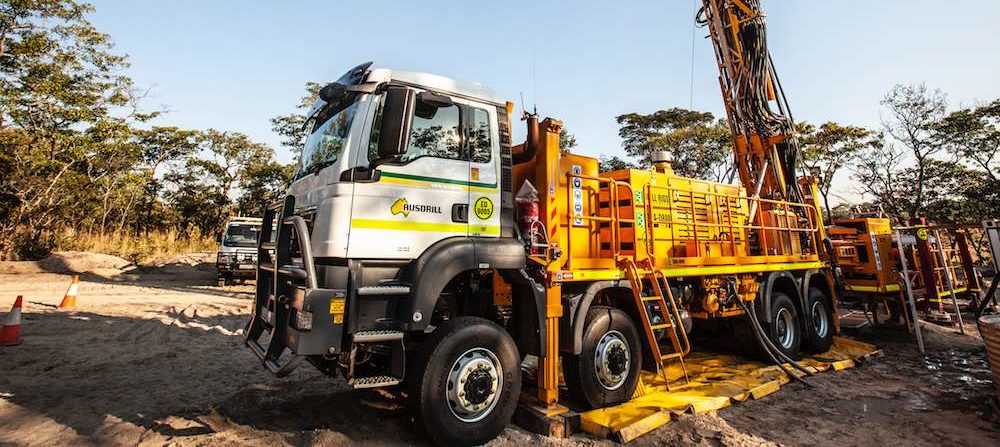
An innovation in exploration technology by Fleet Space Technologies has taken the discovery of minerals off the ground. The Exosphere scanning technology and mineral exploration solution combines ambient seismic noise tomography, low-power satellite connectivity and intelligent cloud-processing to establish the presence of critical minerals in the earth.
A successful trial of the technology has recently been completed in the Northern Territory, partnering with Core Lithium at their Finnis Lithium Project. The project, which covers 500 km2 lies within the Bynoe Pegmatite Field and is a highly prospective area for the sought after EV mineral.
Results from ExoSphere were verified against pre-existing data obtained from drilling. The correlation was excellent and a number of unknown targets were also identified. The results were described by the company as an ‘outstanding success’
Exploration Manager of Core Lithium, Andy Bennett said that the companies mission ‘to discover the high-grade lithium required to support the world’s rapid transition to electric vehicles (EVs) has been enhanced by the results generated through ExoSphere.’
“We are excited by the prospect of doing further work with Exosphere,” he added.
The product recently walked away with the Good Design Awards Product Design: Best in Class, Commercial and Industrial Subcategory and offers resource companies ‘passive mineral exploration at the speed of light.’
The Australian Good Design Awards are Australia’s longest-running design awards and reconvened on Friday 16th September at Sydney’s International Convention Centre after a long break due to Covid-19. The programme recognises excellence in ‘cutting-edge design and breakthrough innovation’ and has been running for over 60 years, with an award considered a prestigious honour in industry.
The prospect of returning conclusive results for the presence of minerals in days instead of months promises to revolutionise the exploration industry.
Fleet’s award winning and ground-breaking innovation offers a non-invasive, rapid method to discover the location of critical resources. Three ‘radical’ technologies combine to produce detailed 3D subsurface mapping created through an array of Geode sensors which is available to download from Fleets cloud platform, Nebula, from four days from the start of the exploration. The geodes analyse ambient seismic noise, which is delivered via a network of small satellites.
The ambient noise tomography (ANT) is an established exploration tool and is used for estimating the size of ore bodies, depths of basements and specific targeting of resources. The data streams collected by the geodes are compressed and processed providing near real-time remote access to the results which are presented as 3D data visualisation.
Fleet also plan to utilise their technology to detect minerals on Mars and the Moon as part of The Seven Sisters Project, a collaboration between Australian space and resource exploration companies, alongside the Artemis Moon to Mars mission.
https://fleetspace.com/mineral-exploration
https://spaceaustralia.com/news/fleet-space-helps-discover-critical-lithium-deposits-nt
Your feedback is important to us. If you enjoyed reading this Global Road Technology industry update and found it informative, please let us know by leaving a REVIEW.
Author – Troy Adams, Global Road Technology
Are environmental regulations, health and safety concerns or potential profit loss a concern right now?
Contact Us Now